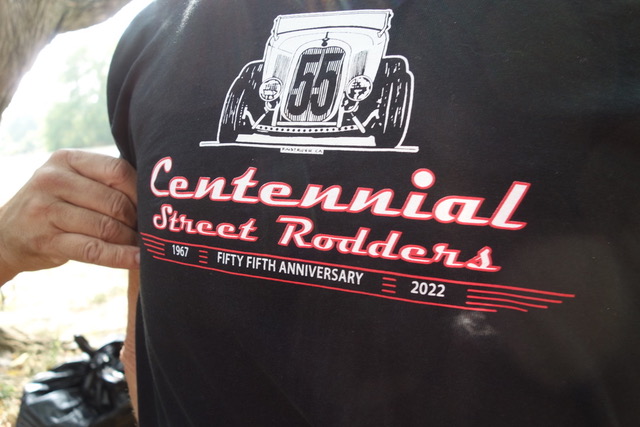


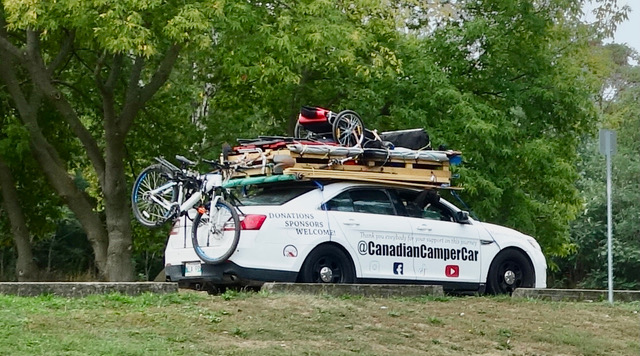
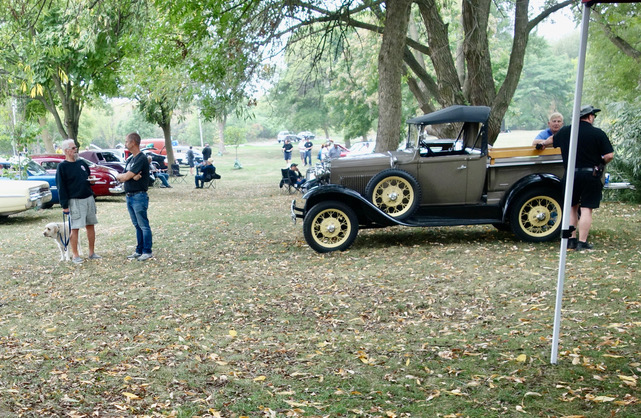

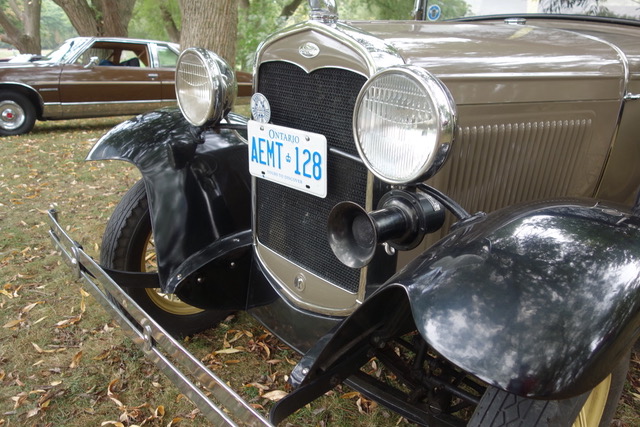


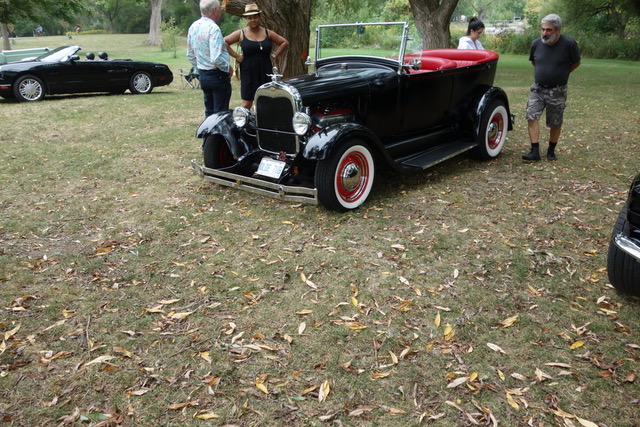
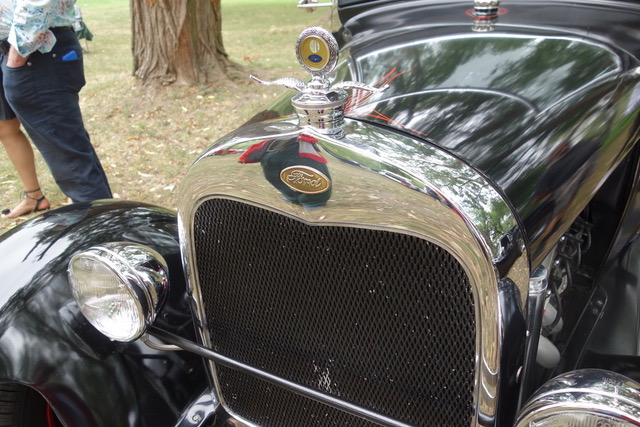
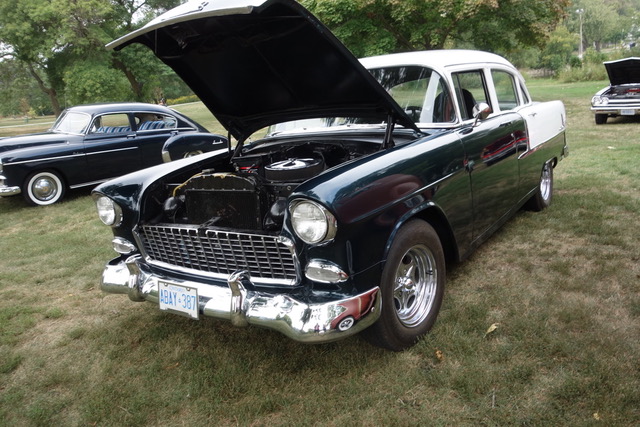
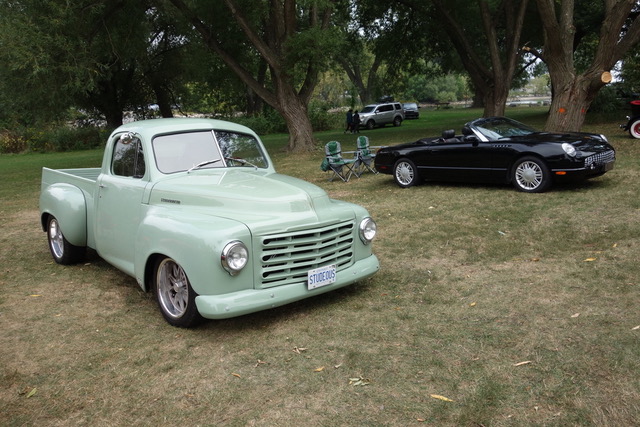
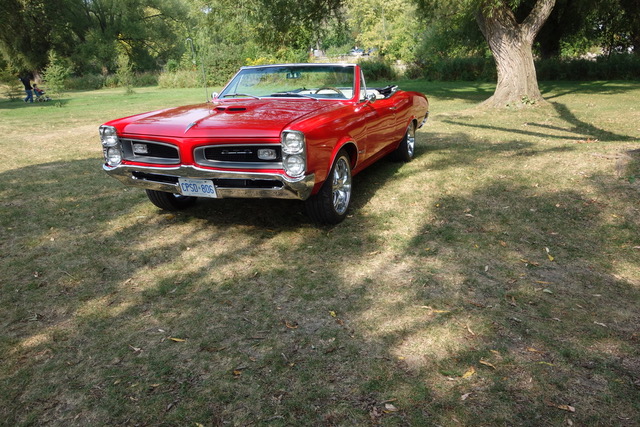
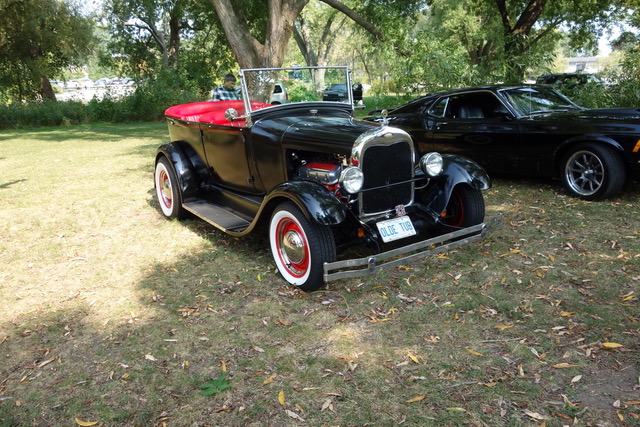




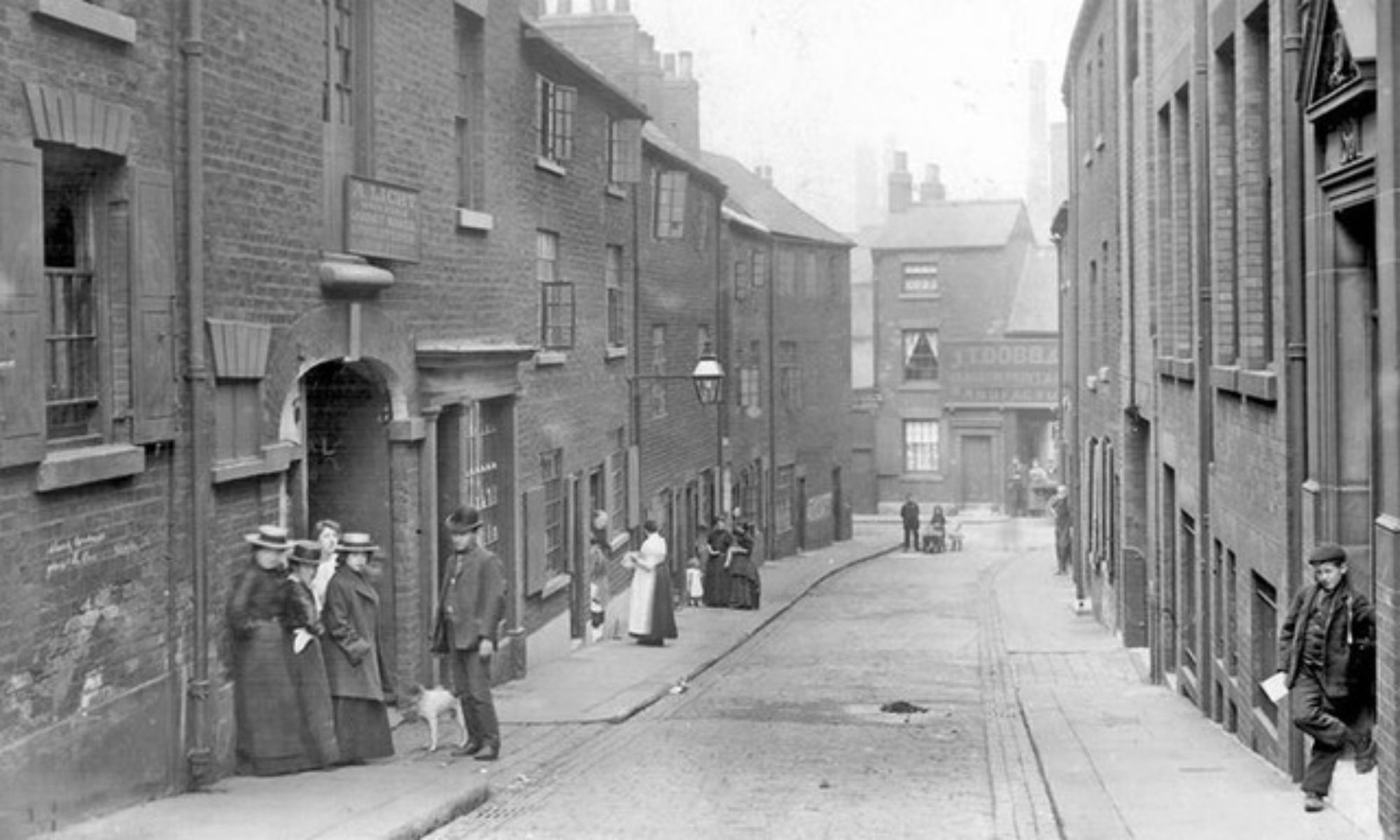
Alan's Oeuvre



















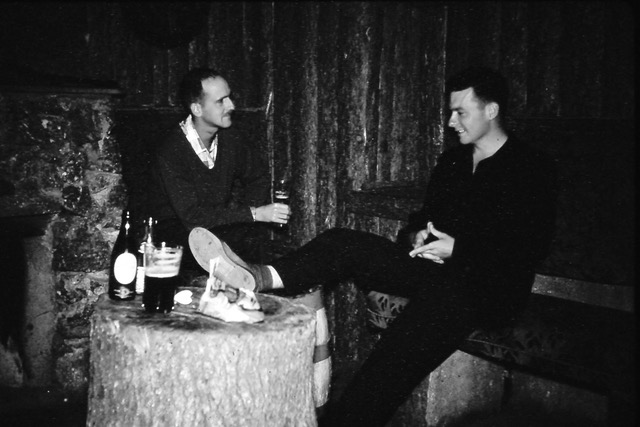
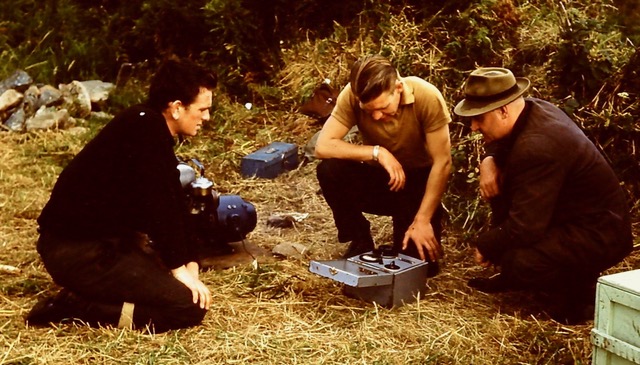

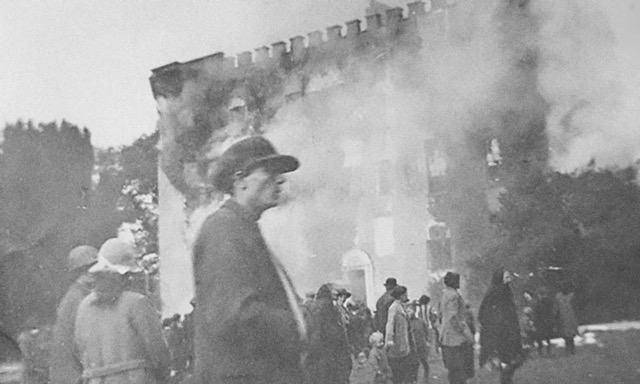

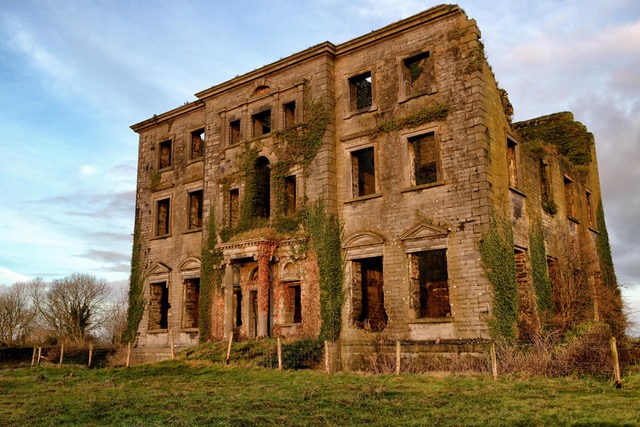
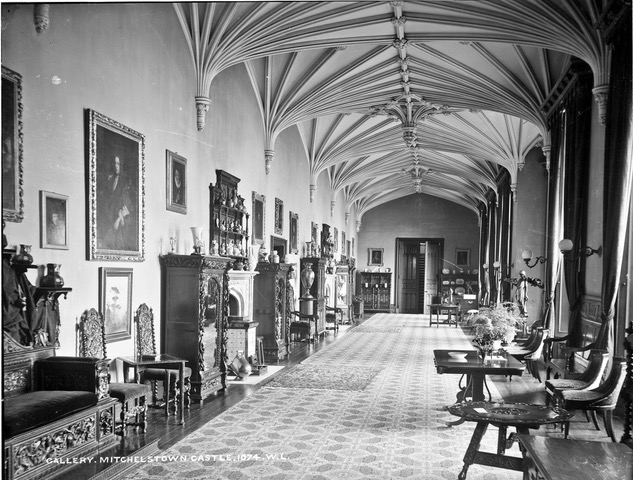
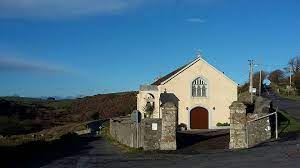

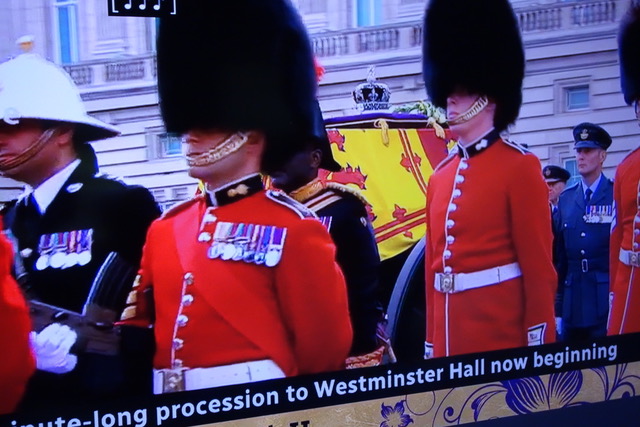



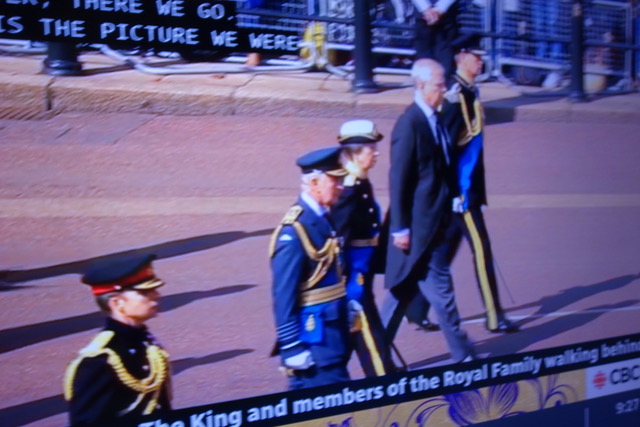

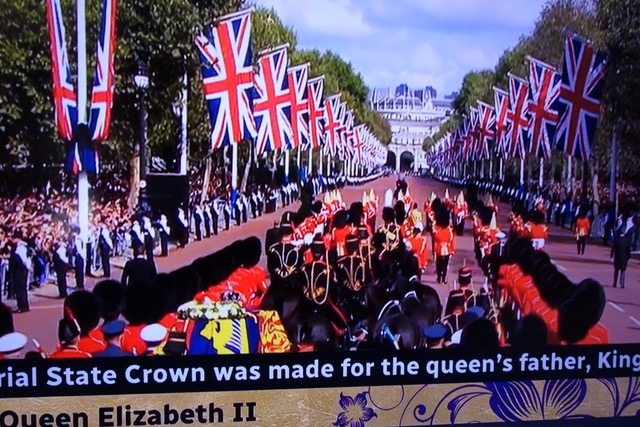



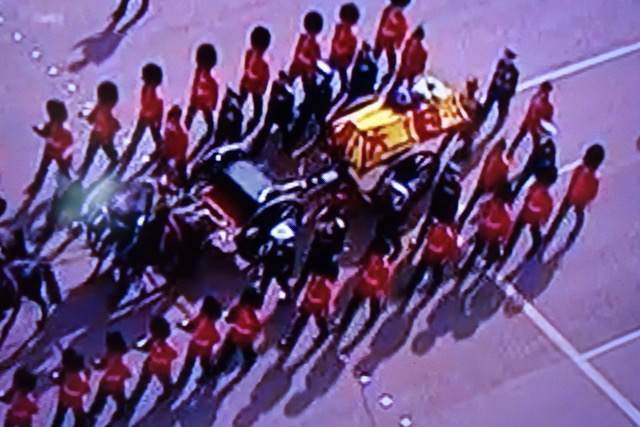
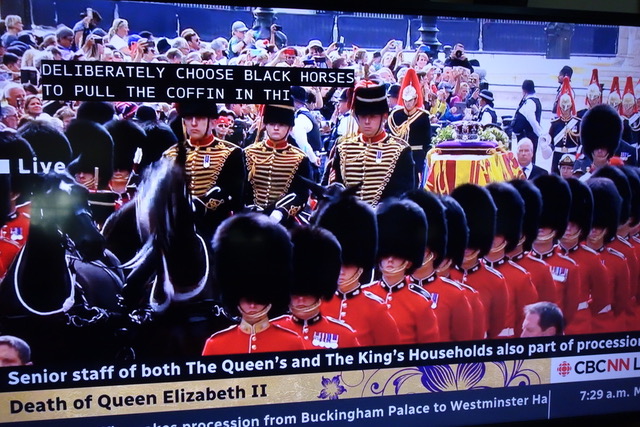






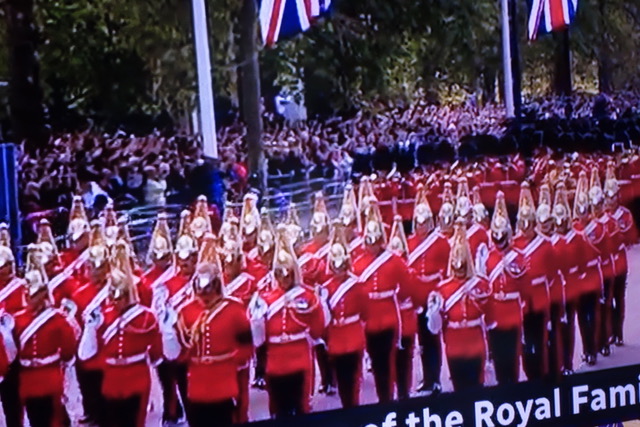



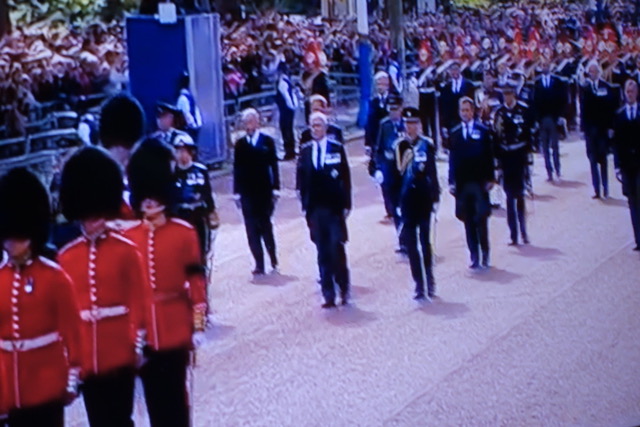
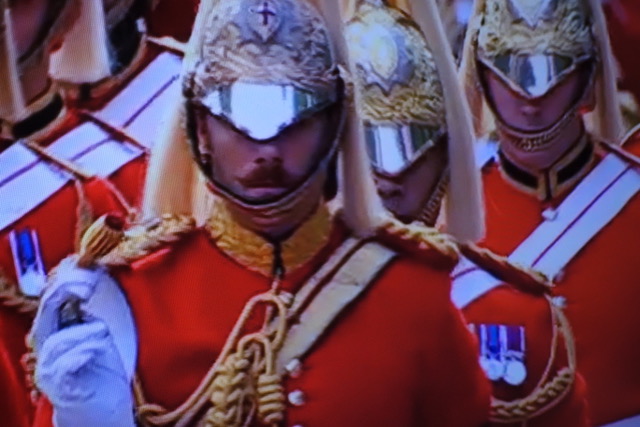



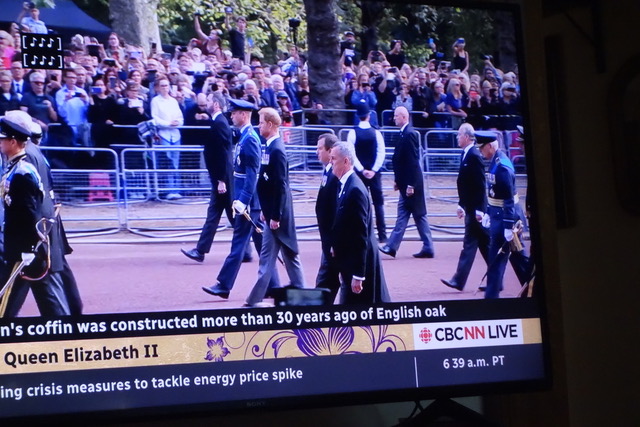

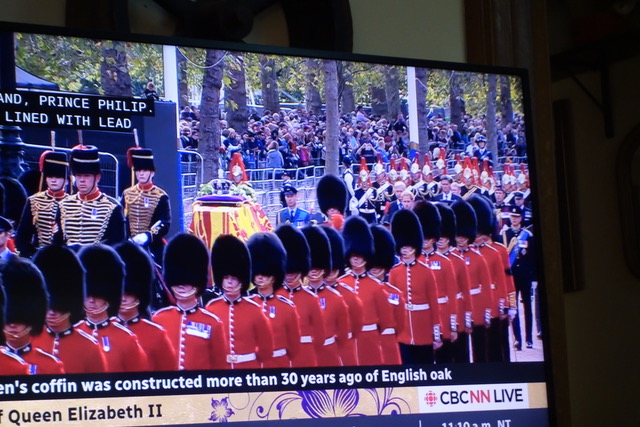




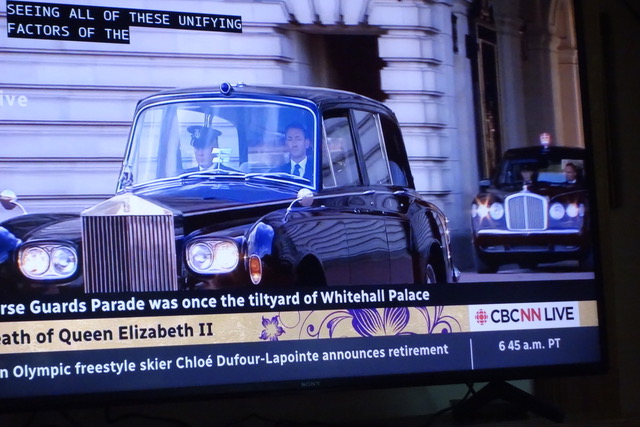



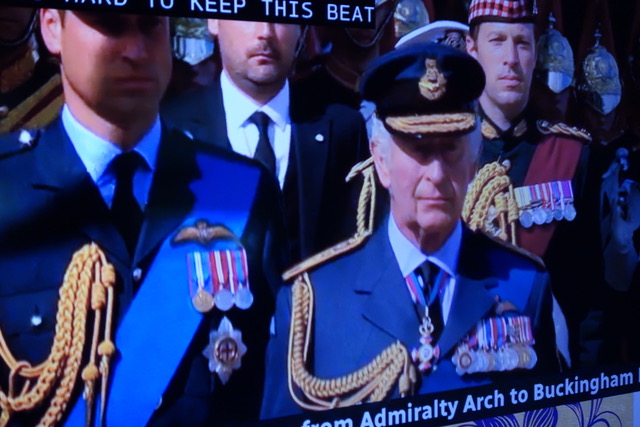
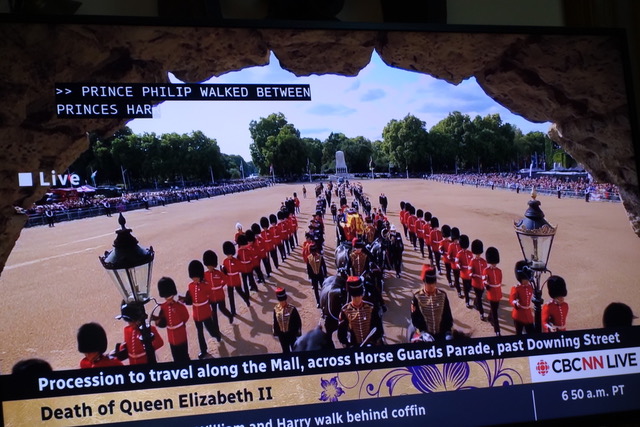
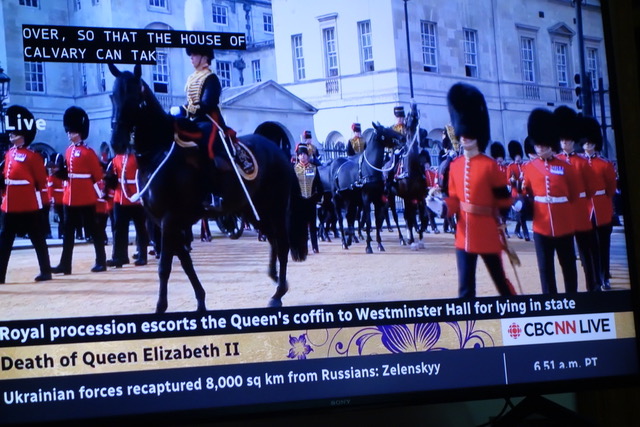

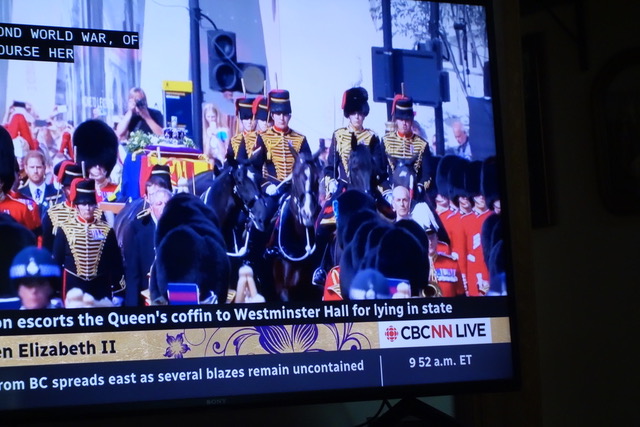



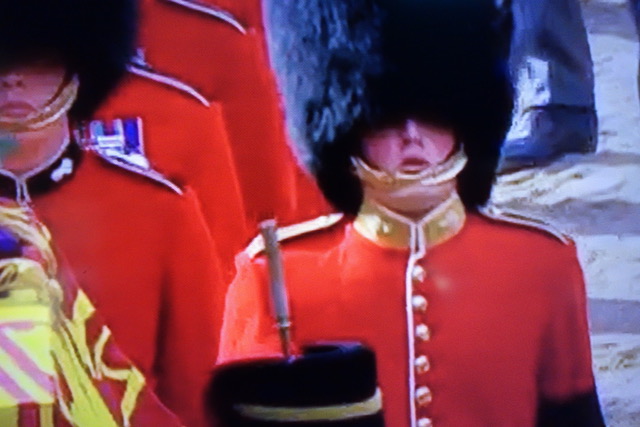
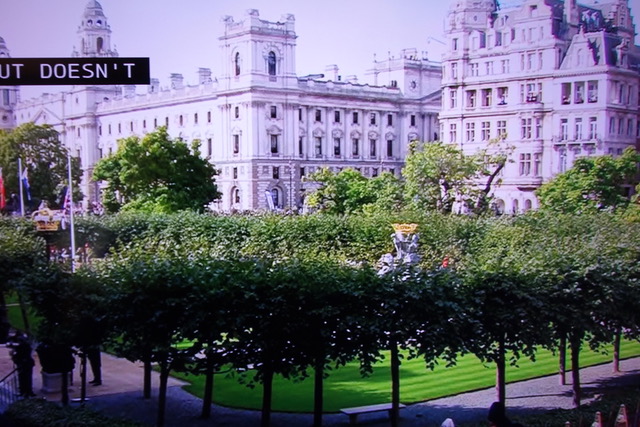


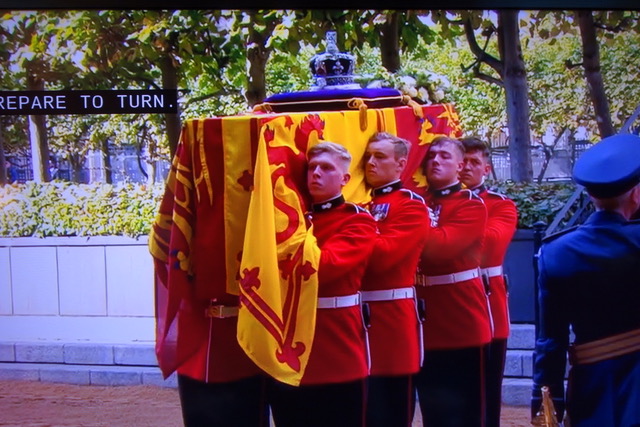
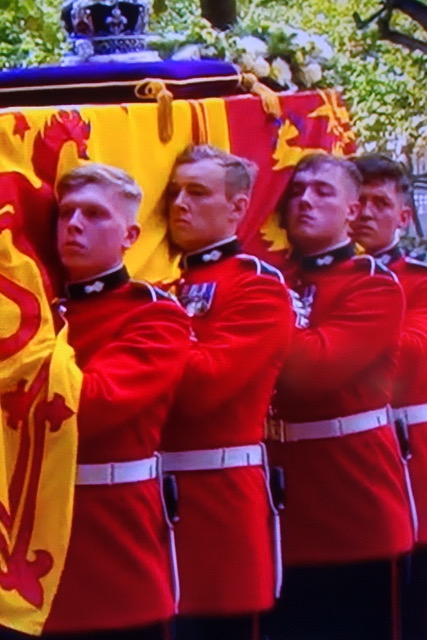

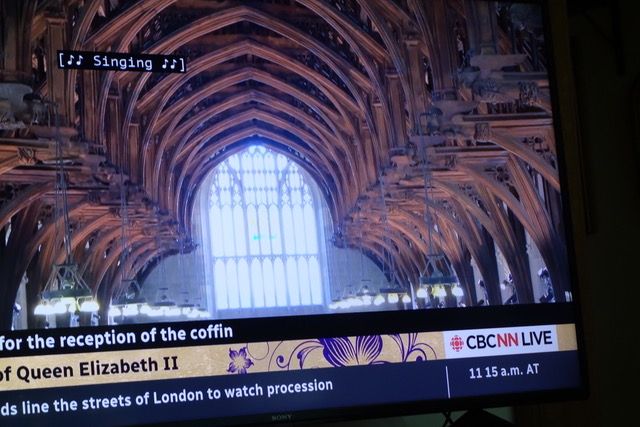

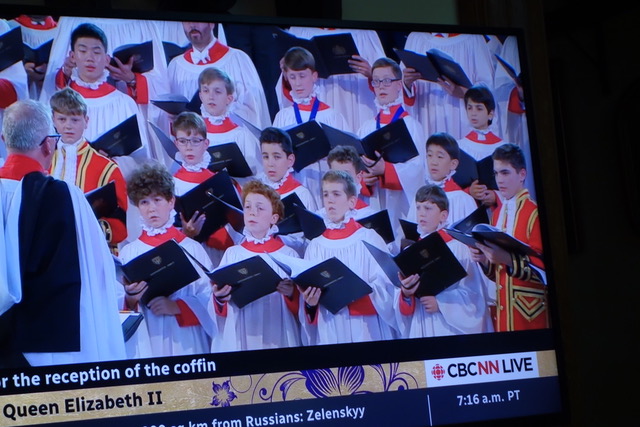
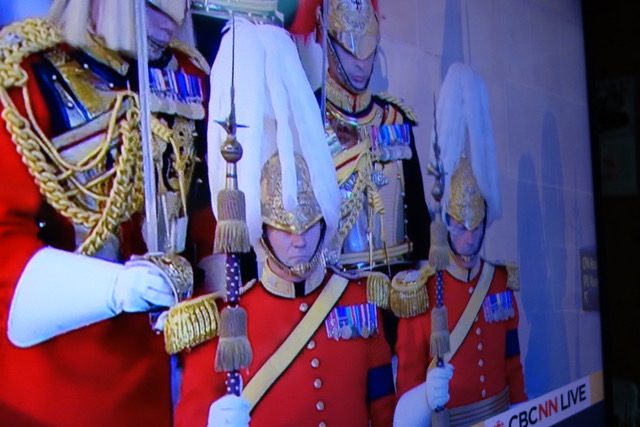


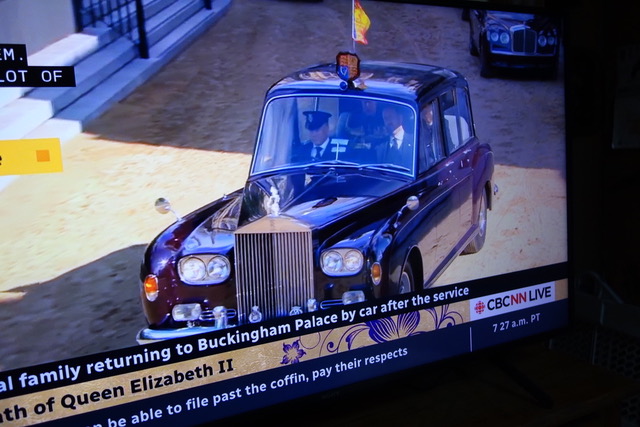




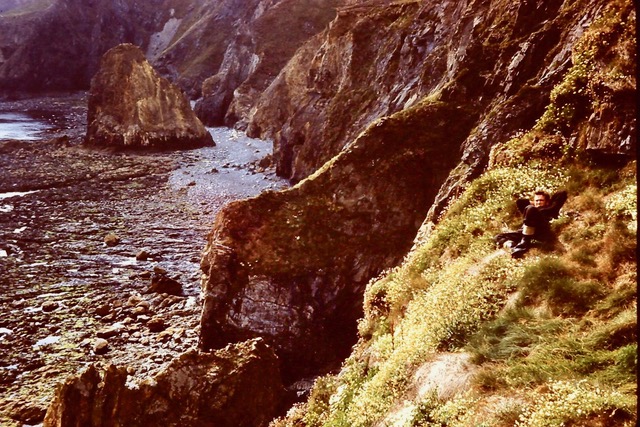
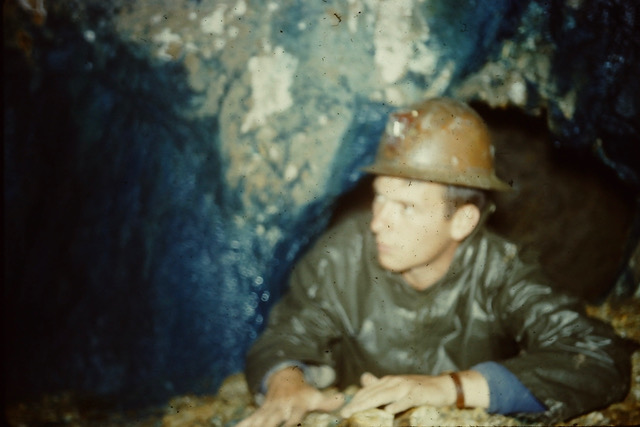


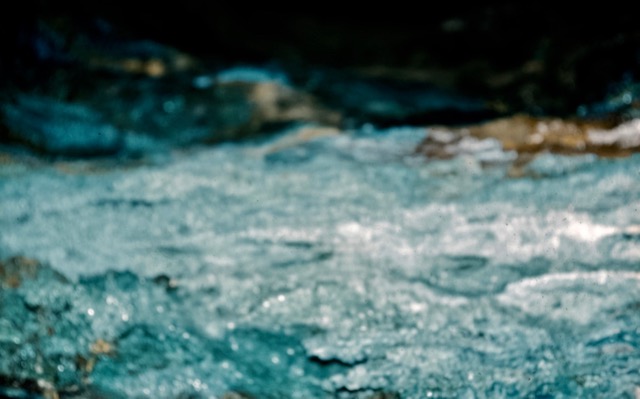


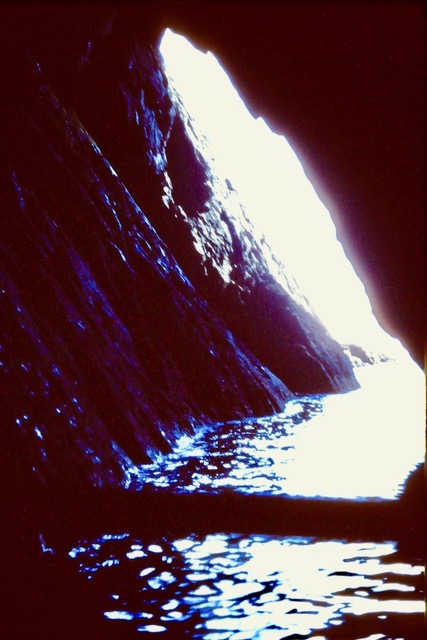


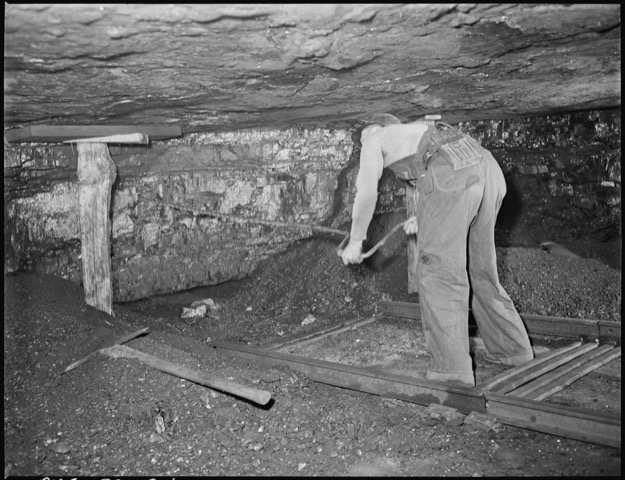
“The Copper Coast tells the amazing story of the formation of Ireland”
 The Copper Coast UNESCO Global Geopark is located on the south east coast of Ireland, between Tramore and Dungarvan in County Waterford. To the north lie the Comeragh Mountains which reach a height of 750 m. The area is a relatively flat lying glacial outwash plain, much covered by glacial till and bog, with occasional spectacular erratics. Three roughly N-S rivers dissect the UNESCO Global Geopark and display excellent examples of glacial erosion and deposition (an excellent walk follows the Ann river starting at Annestown). The coast is spectacular with numerous sandy and rocky coves displaying sea stacks, arches and blow holes. It comprises some 25 kilometres of spectacular coastline consisting of scalloped beaches and coves buttressed and enclosed by rocky headlands.
The Copper Coast UNESCO Global Geopark is located on the south east coast of Ireland, between Tramore and Dungarvan in County Waterford. To the north lie the Comeragh Mountains which reach a height of 750 m. The area is a relatively flat lying glacial outwash plain, much covered by glacial till and bog, with occasional spectacular erratics. Three roughly N-S rivers dissect the UNESCO Global Geopark and display excellent examples of glacial erosion and deposition (an excellent walk follows the Ann river starting at Annestown). The coast is spectacular with numerous sandy and rocky coves displaying sea stacks, arches and blow holes. It comprises some 25 kilometres of spectacular coastline consisting of scalloped beaches and coves buttressed and enclosed by rocky headlands.
The Copper Coast is an outdoor geology museum with a geological heritage that reflects the variety of environments under which the area has evolved over the last 460 million years. Sedimentary and volcanic rocks define a cross-section through the core of an Ordovician age island arc volcanic system (ca. 460-455 Ma) which extended along the south-eastern flank of the Iapetus Ocean. A fossil rich siltstone/limestone (c. 462-457Ma) marks a hiatus above which the sequence is dominated by felsic volcanic rocks, with intrusive equivalents interspersed with shales, some graptolitic. Spectacular columnar jointed rhyolite is well exposed at one locality. Semi-arid fluviatile sediments (ca. 370-360 Ma), now reddish brown coloured conglomerates, sandstones, siltstones and shales, rest with marked unconformity on the Ordovician. An enormous gap in geological time separates these sequences from those next exposed, unconsolidated tills, boulder clays and outwash sands and gravels of the Quaternary period (Pleistocene epoch) all deposited with very profound unconformity on the Ordovician and Devonian sequences.
Cross-sections of these rocks are exposed along the spectacular cliffs and are interpreted for the public at various points. For a brief introduction to these rocks, a stroll around the Geological Garden in Bunmahon will prove instructive. Copper was mined extensively in the area during the 19th century. The Geopark’s name is derived from this activity, and the Copper Coast icon is derived from the conserved remains of a mine complex on a high point of the cliffs. Panels there explain how the mine worked.


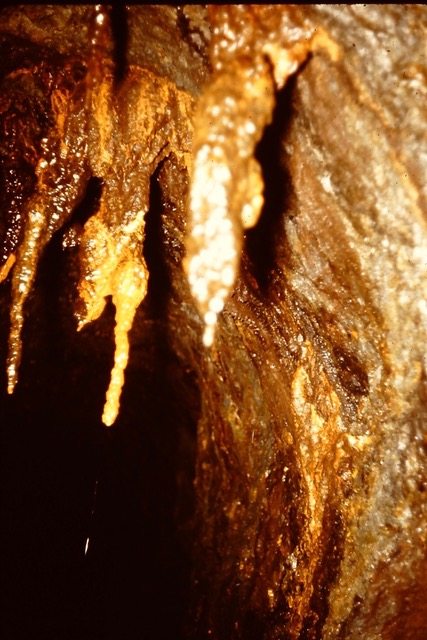
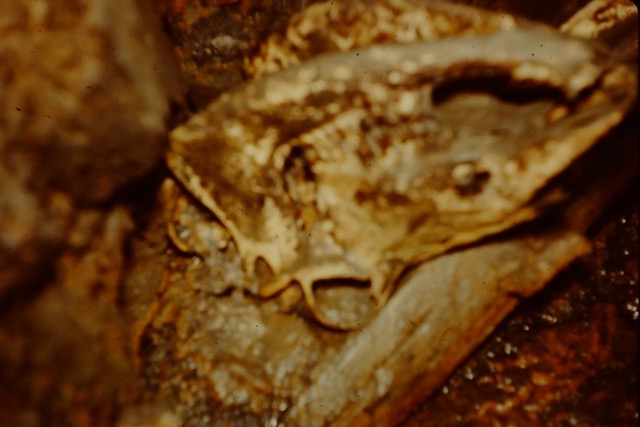
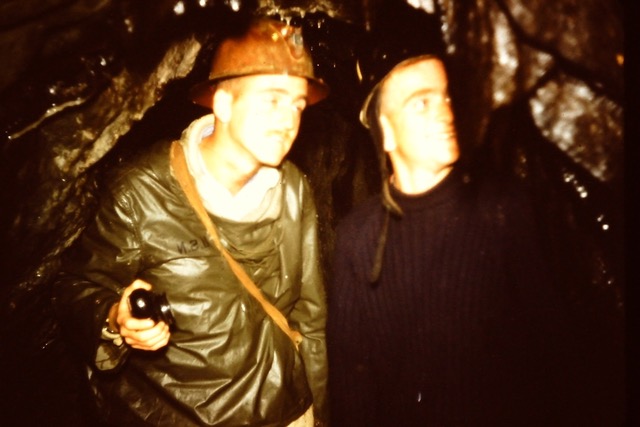

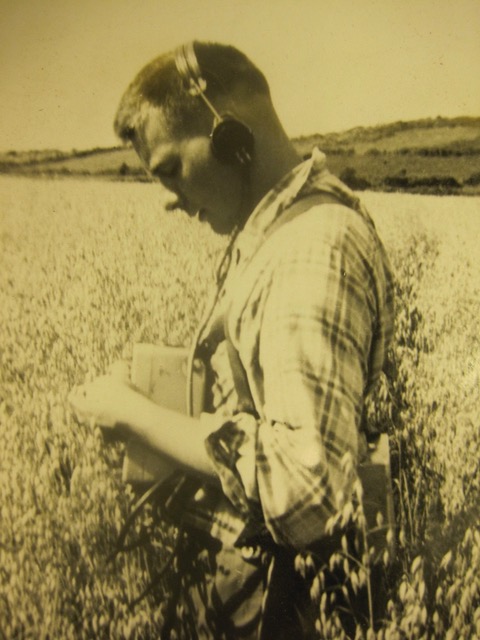
In a feedlot of about 1,000 head of cattle, 146 animals died within a period of a few months affected by a disease characterized by anorexia, icterus, hemoglobinuria, constipation, or diarrhea. The clinical course of the disease lasted a few days. Postmortem findings were generalized icterus and a yellow discolored liver. The kidneys were dark brown, and the urinary bladder was filled with urine of the same dark-brown color. The main histopathological findings were centrolobular coagulative necrosis, apoptosis, bilestasis, and proliferation of bile ducts in the portal space. Changes in the kidneys included nephrosis and the presence of bile and precipitates, and cylinders of albumin and of hemoglobin in the uriniferous tubules. Liver samples, collected from 3 animals on which postmortem examinations were performed, had 2,008, 2,783 and 4,906 ppm copper in their dry matter. Two samples of poultry litter fed to the cattle contained 362 and 323 ppm copper. The green forage that formed the rest of their feed only had 4.7 ppm copper. Copper poisoning was diagnosed, most probably caused by feeding litter from poultry that had been fed a ration treated with copper sulfate to avoid aspergillosis.
HAIRBALLS COMMONLY REGURGITATED BY CATTLE
“Most people are familiar with the horrifying and soggy hairballs left behind by their cats, but cows can also suffer from furry masses stuck in their stomachs. While a cat can painstakingly hurl up their own matted hair, however, cows don’t have the ability to vomit up these hairballs. This means their bovine fur is stuck in one of their four stomachs for good.
Cows have what are called ruminant digestive systems. Unlike humans, who have one stomach for digestion, cows have four, allowing them to eat tough, fibrous grass until they are full. Since this grass is high in fiber and hard to digest, sometimes the regurgitate small bits of it to re-chew. Because their stomachs are separated, foreign bits can become easily stuck in their bodies.” (quote from source)
Some of the foreign items commonly found inside cows are hairballs. These masses eventually clump together, forming smooth spheres. Unfortunately, the spheres can prove deadly. As they grow larger, they make the stomach non-functional, blocking food from traveling or digesting properly. By the time a hairball reaches four inches in diameter, a cow will become emaciated and seek to drink massive amounts of water.
Cow hairballs are often only discovered after the animal has died. Goats, sheep, llamas, and deer can all develop these hairballs. For a long time, these clumps were considered to have curative properties. Known as a”bezoar,” it was believed the hairballs absorbed poison and were an ultimate form of antidote.
In a feedlot of about 1,000 head of cattle, 146 animals died within a period of a few months affected by a disease characterized by anorexia, icterus, hemoglobinuria, constipation, or diarrhea. The clinical course of the disease lasted a few days. Postmortem findings were generalized icterus and a yellow discolored liver. The kidneys were dark brown, and the urinary bladder was filled with urine of the same dark-brown color. The main histopathological findings were centrolobular coagulative necrosis, apoptosis, bilestasis, and proliferation of bile ducts in the portal space. Changes in the kidneys included nephrosis and the presence of bile and precipitates, and cylinders of albumin and of hemoglobin in the uriniferous tubules. Liver samples, collected from 3 animals on which postmortem examinations were performed, had 2,008, 2,783 and 4,906 ppm copper in their dry matter. Two samples of poultry litter fed to the cattle contained 362 and 323 ppm copper. The green forage that formed the rest of their feed only had 4.7 ppm copper. Copper poisoning was diagnosed, most probably caused by feeding litter from poultry that had been fed a ration treated with copper sulfate to avoid aspergillosis.
HAIRBALLS COMMONLY REGURGITATED BY CATTLE
“Most people are familiar with the horrifying and soggy hairballs left behind by their cats, but cows can also suffer from furry masses stuck in their stomachs. While a cat can painstakingly hurl up their own matted hair, however, cows don’t have the ability to vomit up these hairballs. This means their bovine fur is stuck in one of their four stomachs for good.
Cows have what are called ruminant digestive systems. Unlike humans, who have one stomach for digestion, cows have four, allowing them to eat tough, fibrous grass until they are full. Since this grass is high in fiber and hard to digest, sometimes the regurgitate small bits of it to re-chew. Because their stomachs are separated, foreign bits can become easily stuck in their bodies.” (quote from source)
Some of the foreign items commonly found inside cows are hairballs. These masses eventually clump together, forming smooth spheres. Unfortunately, the spheres can prove deadly. As they grow larger, they make the stomach non-functional, blocking food from traveling or digesting properly. By the time a hairball reaches four inches in diameter, a cow will become emaciated and seek to drink massive amounts of water.
Cow hairballs are often only discovered after the animal has died. Goats, sheep, llamas, and deer can all develop these hairballs. For a long time, these clumps were considered to have curative properties. Known as a”bezoar,” it was believed the hairballs absorbed poison and were an ultimate form of antidote.
EPISODE 637 KHALID AND WOODY…SERVICE THAT IS HARD TO BELIEVE
(COMFORT INN…KANATA, AUGUST 3, 2018)
alan skeochsept. 5, 2022
Friday August 3, 2018 was arguable the busiest day of the year for Khalid Mohiuddin, the General Managerof the Kanada Comfort Inn. He had a vIsiting baseball team, a collection wolfies (weird bunch who wore wolf heads and had fluffy tails),a tour bus from theUnited States and dozens of tourists.Marjorie, Woody and I were just part of the throng. But we became a problem . Dogs can be a big problem for hotels. And I mean big.This is Khalid, busy trying to find places for everyone in his Ottawa, Ontario Comfort Inn.
“My dog Woody will not go upstairs fo our second floor room.”,said Marjorie to Khalid“I beg your pardon?”“Woody will not climb those stairs.”“Other dogs have done it … regularly … surely Woody will do do if he sees others?”“Woody has his own mind…his own terrors.”“Terrors?”“Yes, Khalid, our dog sees the stairs differently.”“How?”“Here, get down on your hands and knees…what do you see?”“Ahah! I see through the stairs…I see the wall and a pit below. Woody is not a stupid dog. he knowsdanger.”“He won’t budge. Locked his paw over the leash…FULL STOP!”“ONLY ONE THING TO DO ABOUT THAT, MADAM!“What?”“I will carry him up and down the stairs like this.”And Khalid Mohiuddin picked Woody up in his arms and carried himupstairs and downstairs for the two nights of our visit.
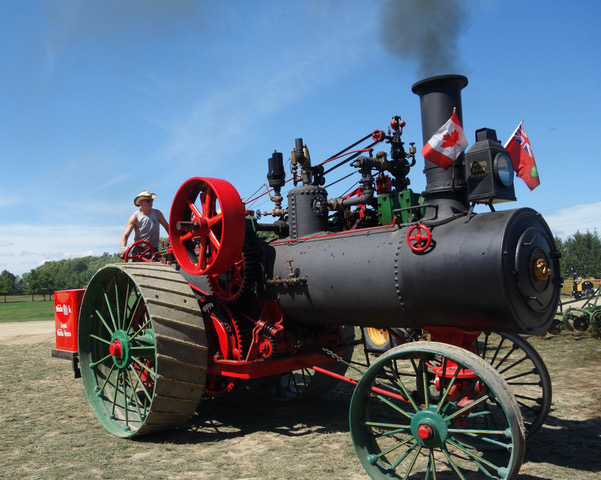
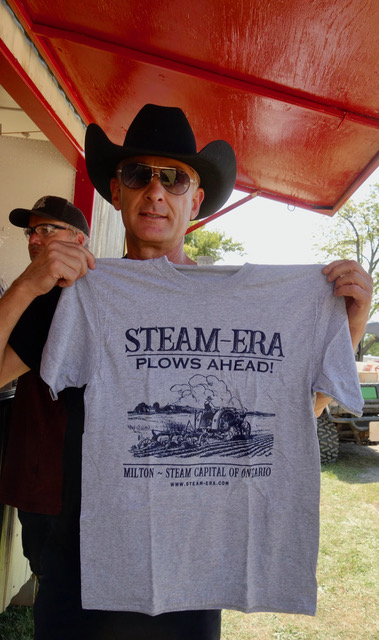
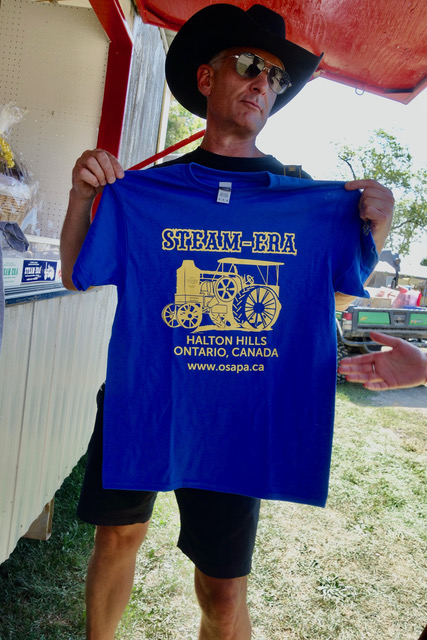
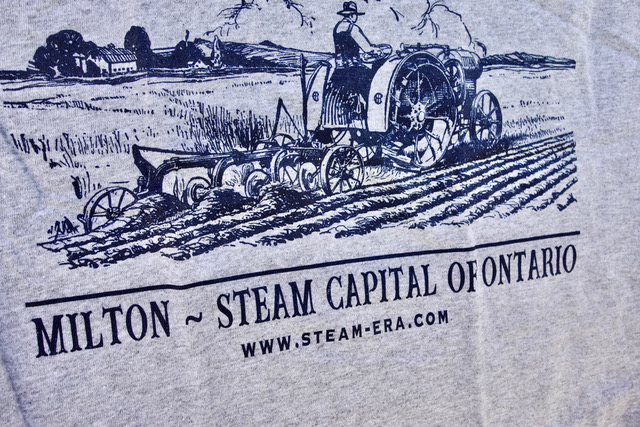


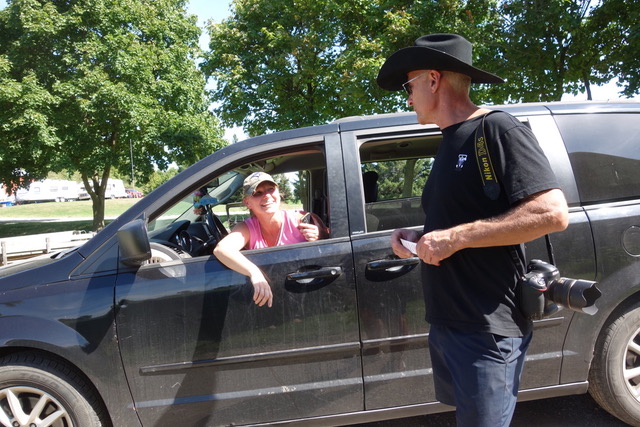
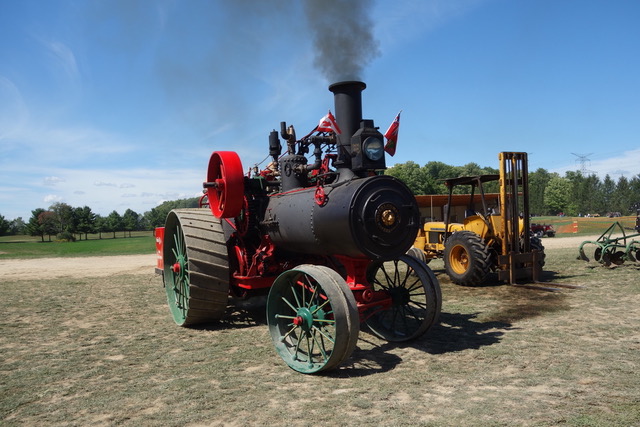

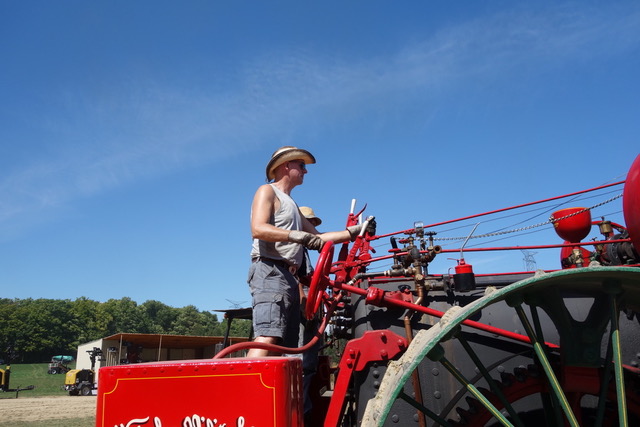
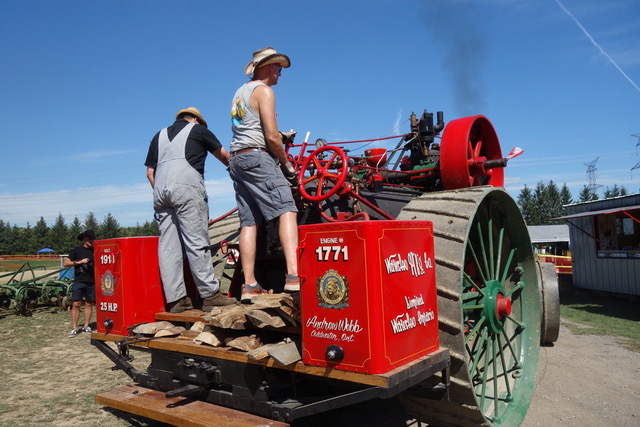
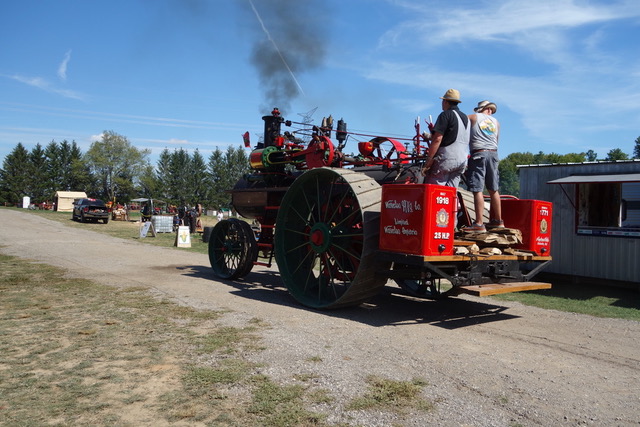
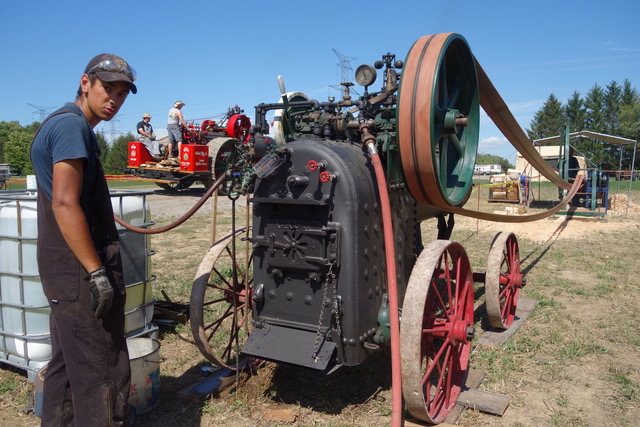

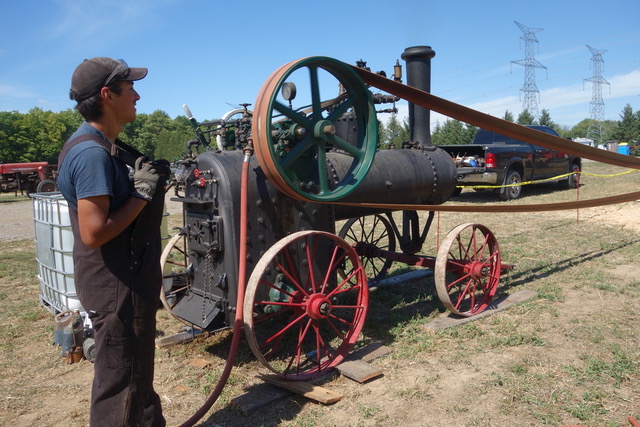
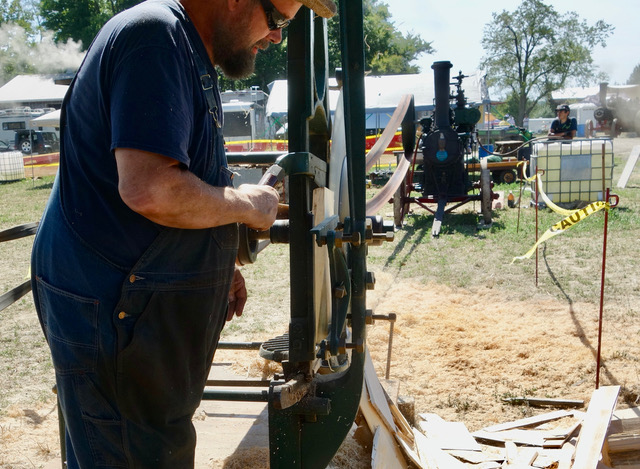
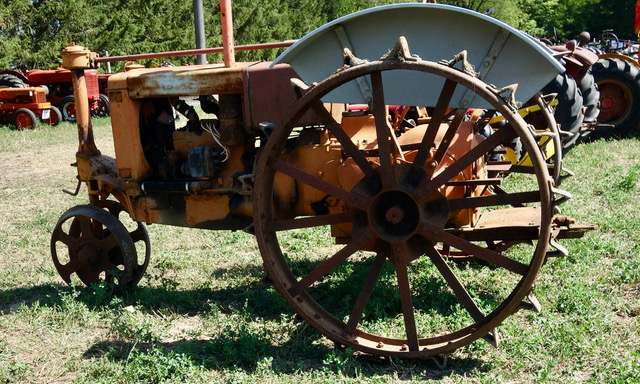

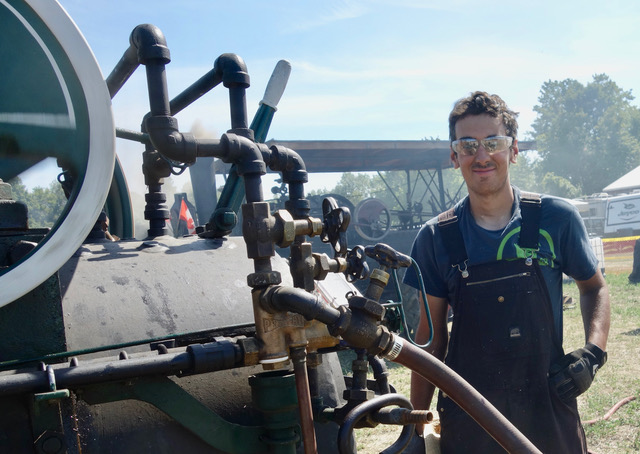
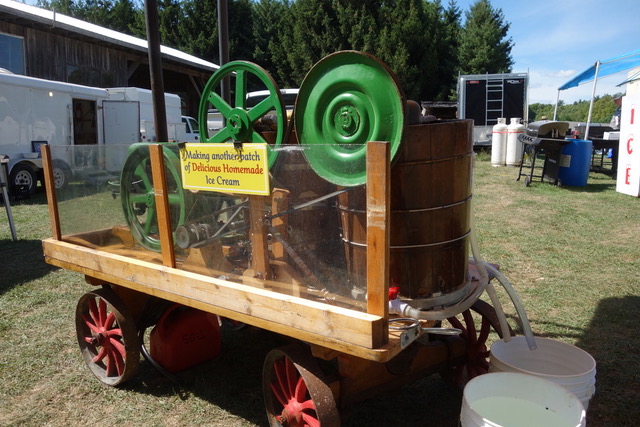
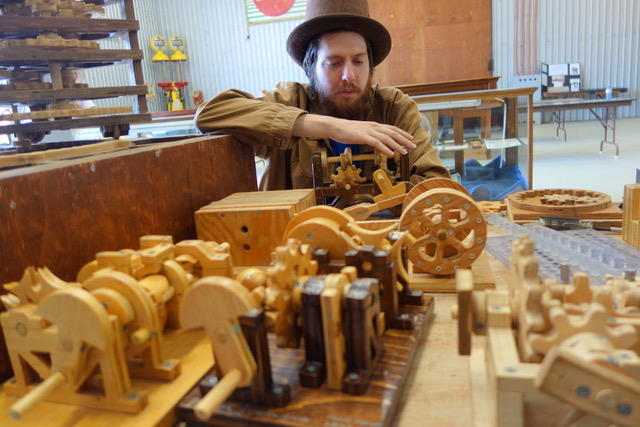

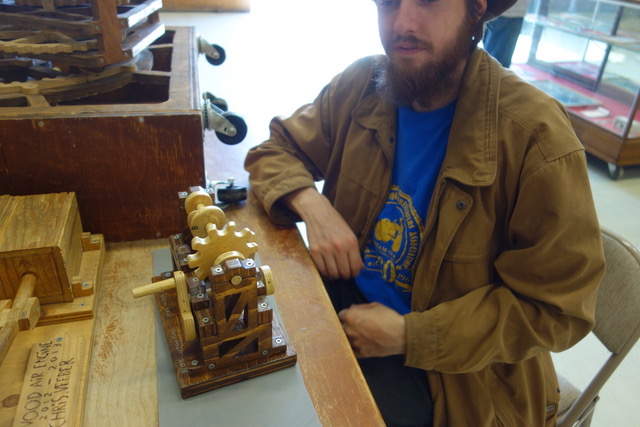
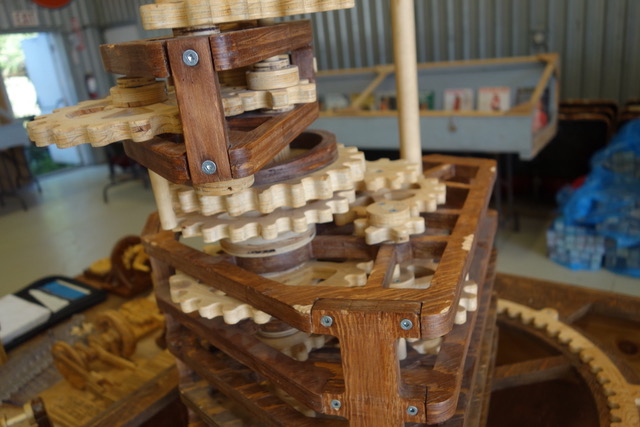
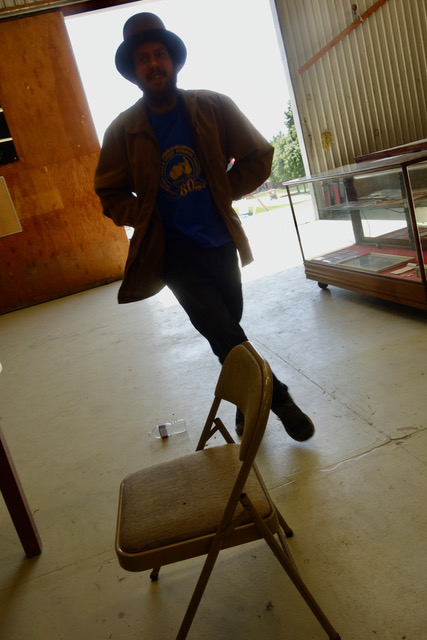
Robert Root on the day we got permission to explore a derelict farmnear Collingwood, Ontario. Farm equipment was just abandoned. On thatday we did not worry about the ticks that might be waiting for us in thelong grass. We wore long pants of course.Stages of life – black legged tickROBERT ROOT DESCRIBES HIS HARROWING TICK EXPERIENCE(“Alan, I hope this helps alert people to the danger of black legged ticks.”
On Aug 31, 2022, at 2:27 PM, Robert Root <robertwroot@gmail.com> wrote:
I was walking on a trail in the local conservation area when I decided to go into the long grass beside the trail to get to the summit of a hill and get a better view. I was wearing shorts. I did not know anything about ticks or lyme disease and at the time twenty years ago Lyme disease was not very prevalent in Ancaster, Ontario.Two or three days later I experienced swelling in my lower legs and when I sat down and elevated my legsmy heart felt like it was being swamped with fluid.I went to my doctor who is a real frontier doctor. He has a record for the most house calls in a year becausein the rural area where he had practiced many of his patients were unable to come to his office for help.I did not have a bullseye rash but did have a lot of redness on my left lower leg. He laughed and said, “Oh you have spider bites!”. He gave me an antibiotic to deal with the spider bites and thankfully it was the same antibiotic that is used to treat Lymes disease. At that time 20 years ago Lyme disease was in New York State but it was not thought to have crossed into Ontario and so he was not looking for it.The swelling continued and I spent considerable time lying on the floor with my legs propped up to drain fluid from them. Both lower legs were now affected. It took weeks for this to subside a bit. During this time I went to a Stag for my son Wesley at the Woodbine racetrack but had to go back to my car and prop my legs up on the dash for the fluid to drain out of them. My doctor now recognized that it was Lyme Disease. He prescribed Support hose for me to wear. Gradually I got a bit better but to this day I still wear support hose during the day and try to put my legs up to drain a couple of times a day.I am one of the lucky ones who got the antibiotic early and that prevented a lot of the long term damage which some people have to endure. There is a lady who lives down the street from me that is suffering a lot more long term problems from Lyme disease because it was not detected early and by the time it was diagnosed the antibiotic was not very effective.When I walk in the woods now I wear a long sleeve shirt and long pants and always check for ticks on my body when I come back. One can still be reinfected by Lyme disease. You do not build up immunity to it.
ROBERT ROOTRooter’s description puts me in mind of a line from the poet T.S. Elliot“I grow oldI grow old,I think I’ll wear my pant legs rolled”(Don’t take this advice…do not wear your pant legs rolled in the long grass)alan